Overhaul (25 page)
Authors: Steven Rattner

Above: Jeff Kowalsky/Bloomberg News/Getty Images; Fabrizio Costantini/The New York Times
Opposite: Bill Pugliano/Getty Images; Reuters/Johannes Eisele/Landov; courtesy of James B. Lee Jr.
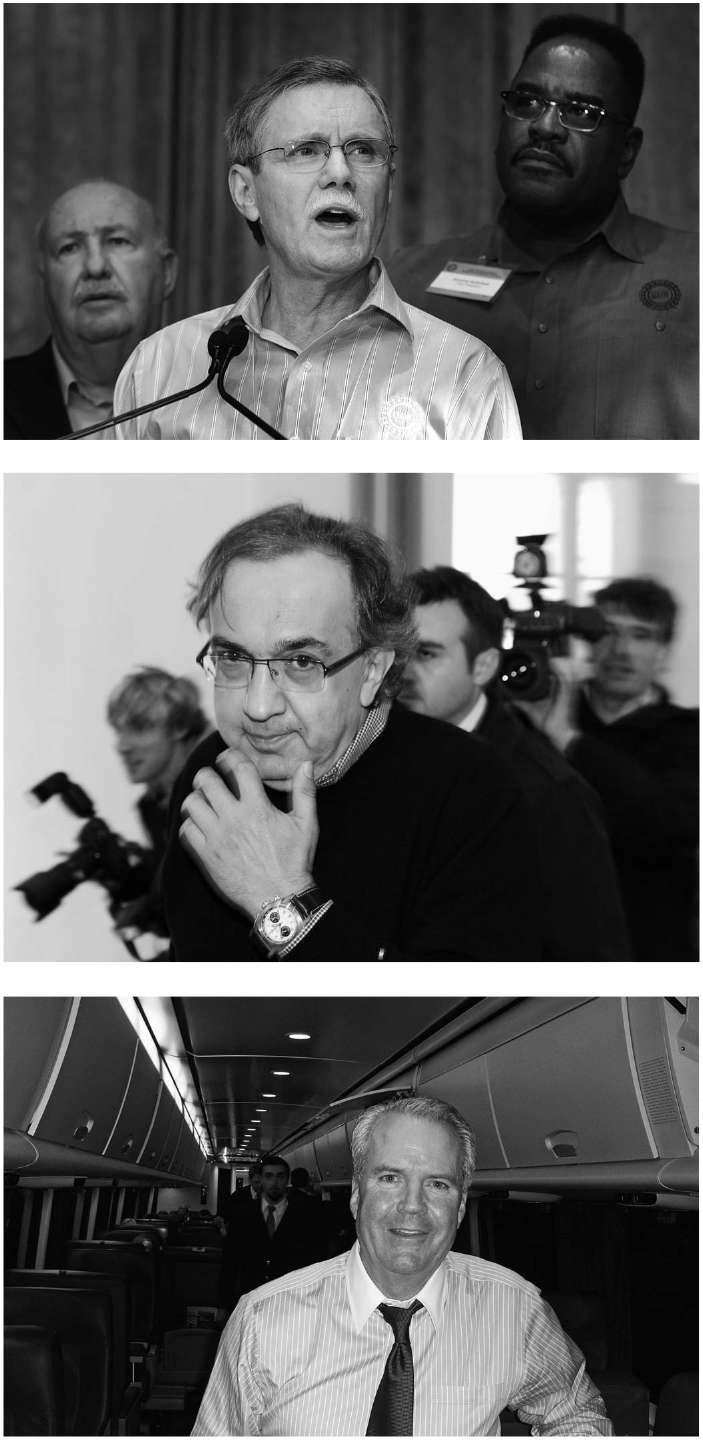
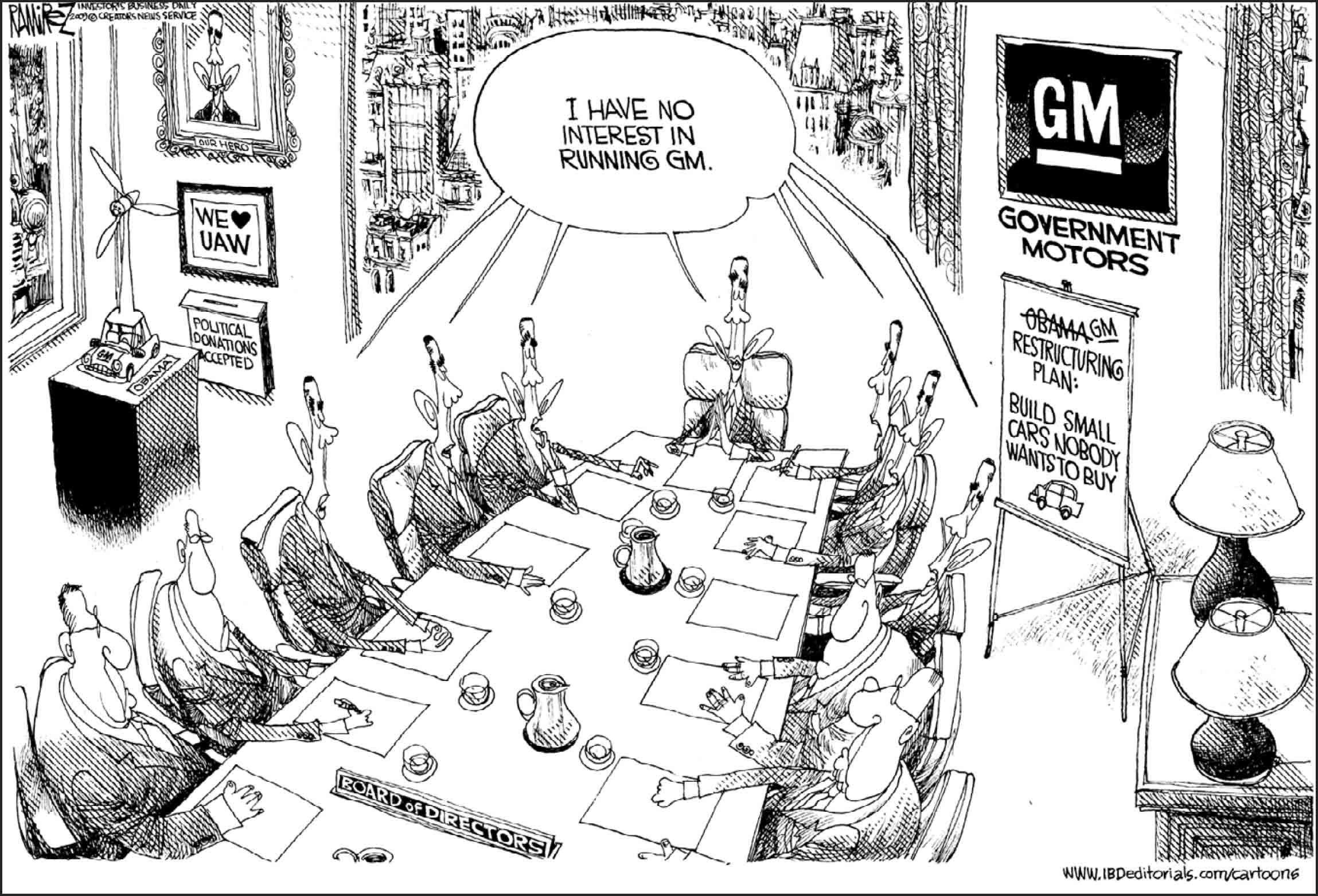
By permission of Michael Ramirez and Creators Syndicate, Inc.
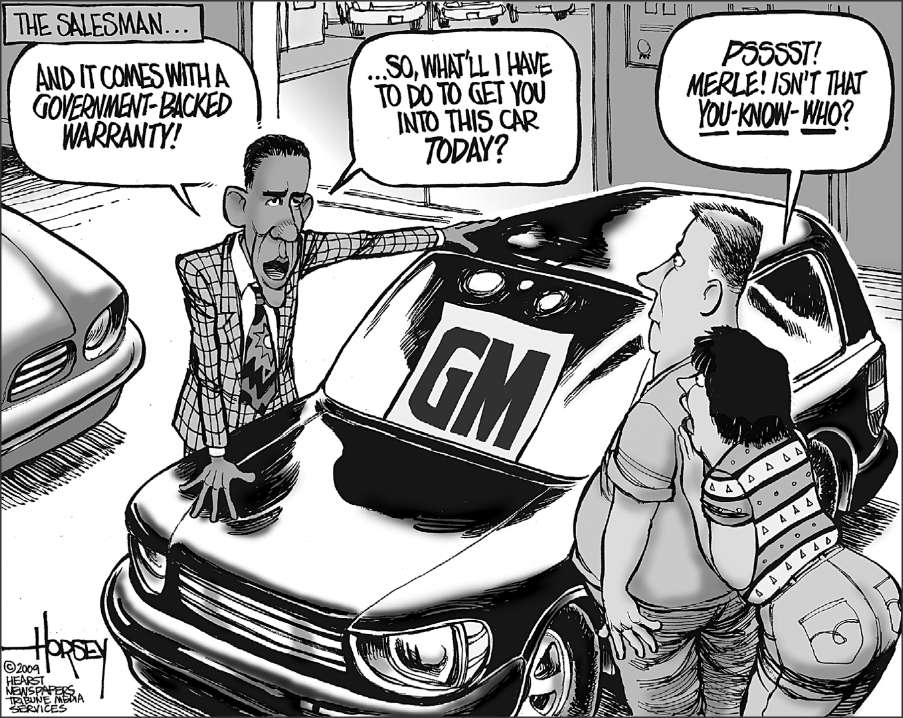
David Horsey/SeattlePI.com
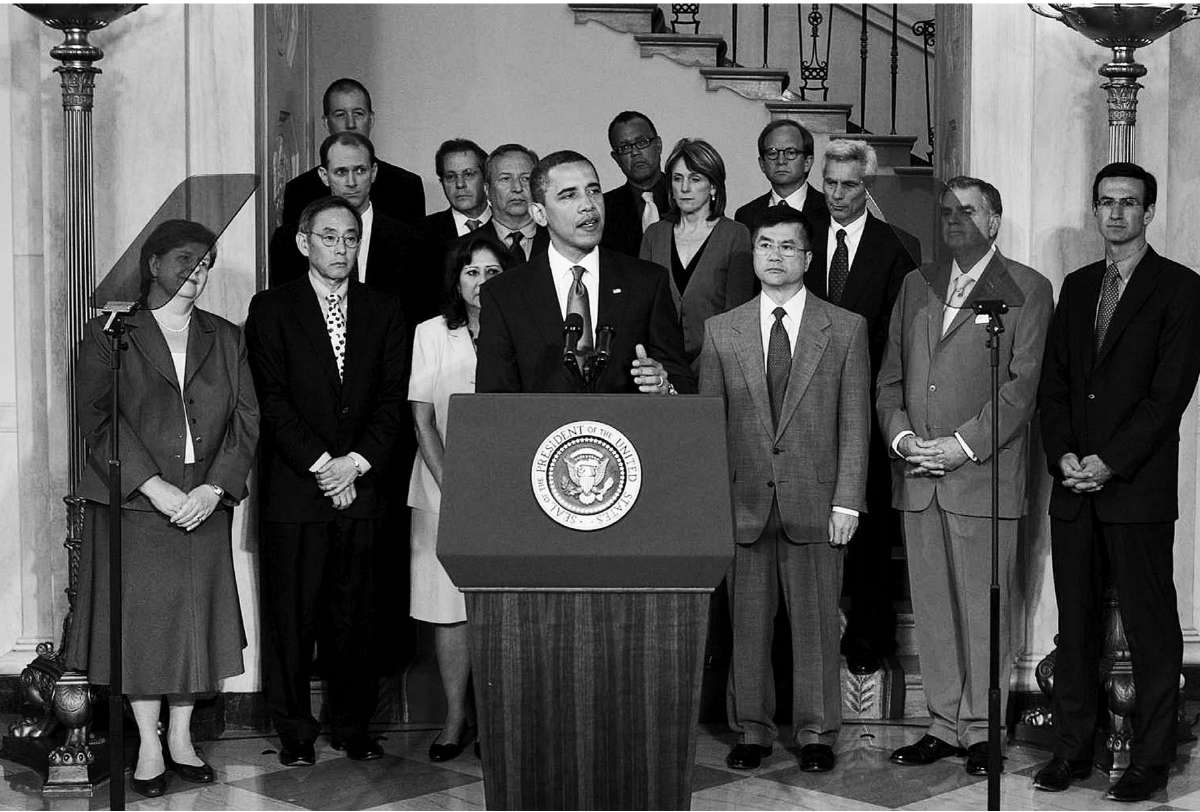
On June 1, 2009, President Obama announced the ultimate overhaul: the Treasury was forcing General Motors into bankruptcy, and when it emerged, the company would be 61 percent taxpayer-owned with a chairman and four new board members selected by the U.S. government. To keep car buyers from fleeing, the President established government-backed warranties, and his Cash for Clunkers program was aimed at spurring demand. Meanwhile, editorial cartoonists needed no further encouragement.
Brendan Smialowski/Bloomberg via Getty Images; AP Images/Mark Lennihan
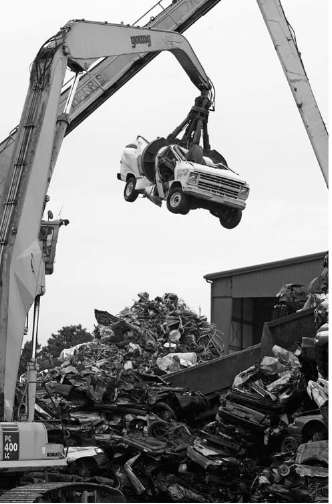
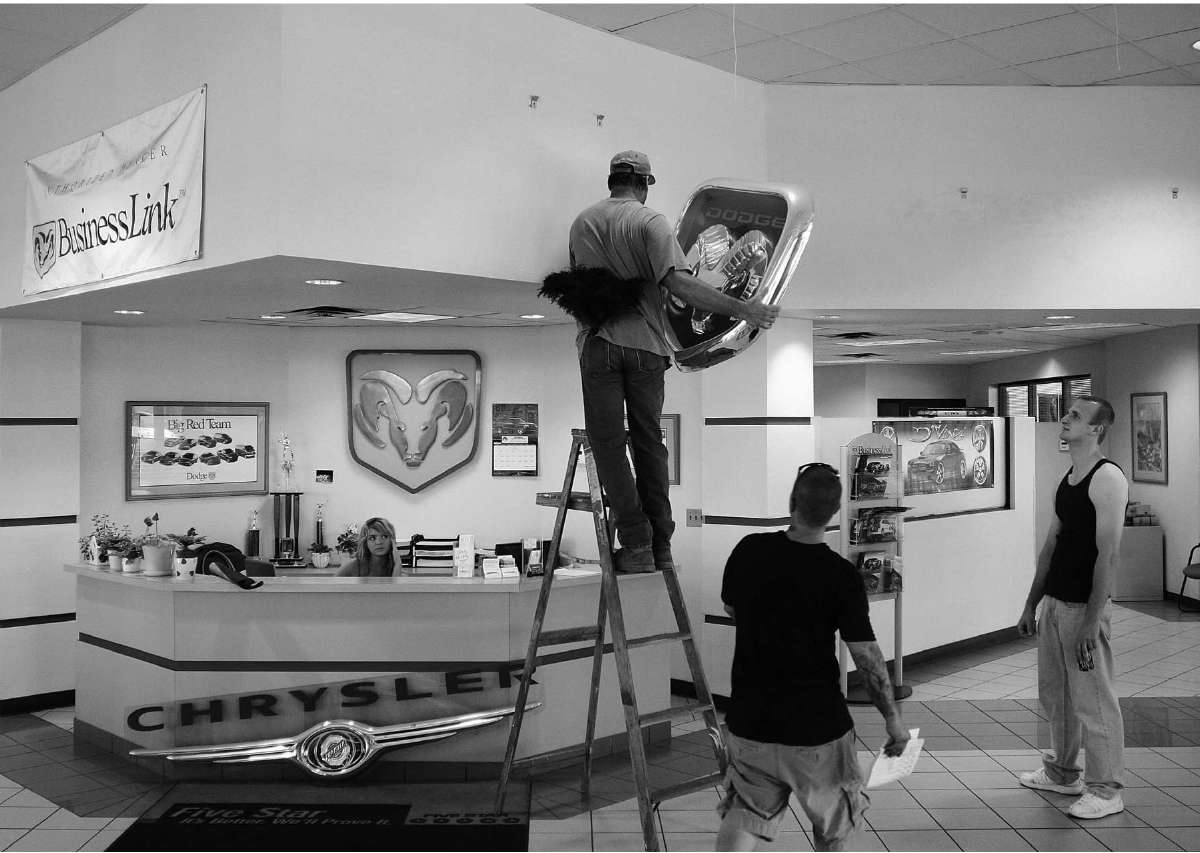
Chrysler lowered the boom on inefficient dealers in June, canceling franchises and ordering dealers to take down their Dodge and Chrysler signs. Some 800 of the company's 3,200 "stores" were closed.
Reuters/Joshua Lott/Landov
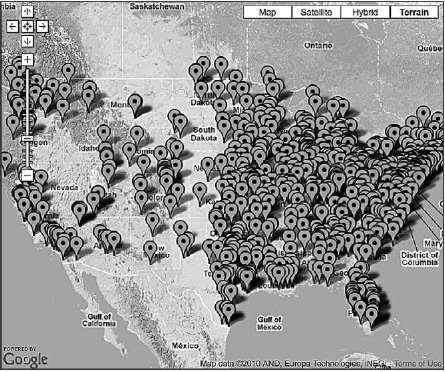
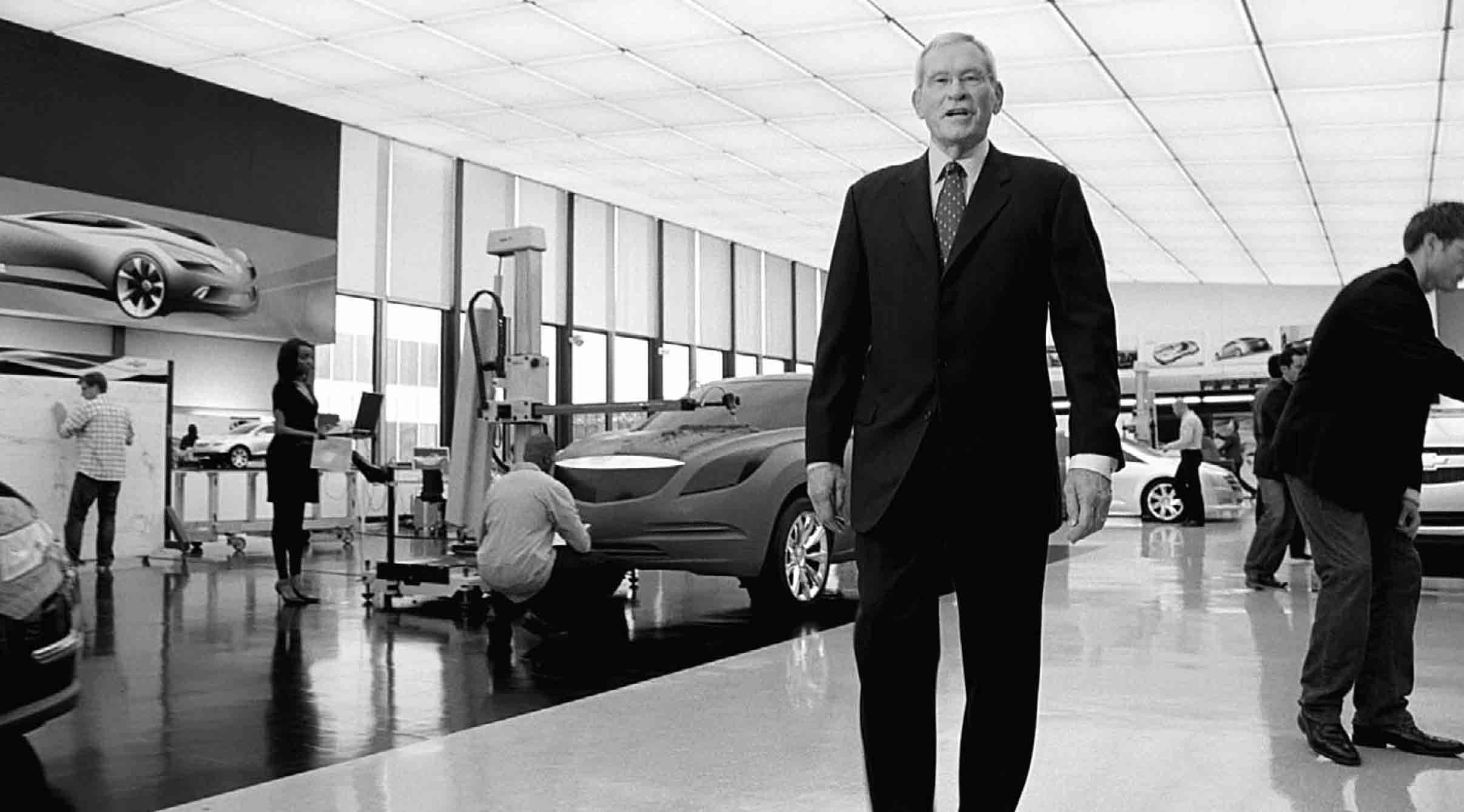
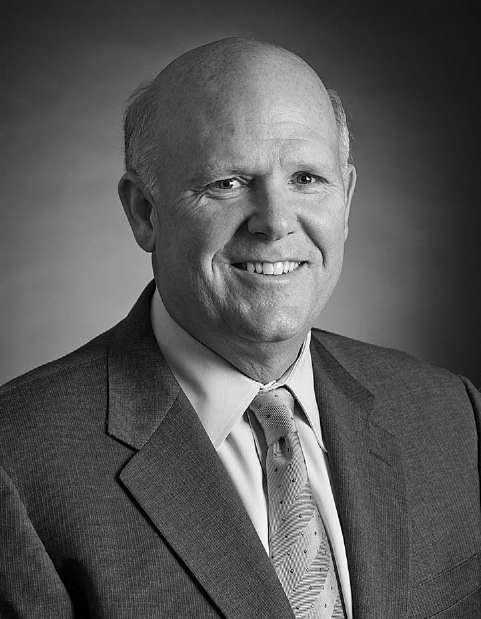
Ed Whitacre (top), the flinty Texan I coaxed out of retirement to become chairman of the new General Motors, evoked memories of Lee Iacocca by going on TV as the company pitchman. Soon after this commercial ran, the board pushed out Fritz Henderson and Ed took over as CEO. I was disappointed in summer 2010 when he left after nine months in the job. But his successor, Dan Akerson, another Team Auto recruit, also embodies the no-nonsense, disciplined approach GM needs to survive and even thrive.
Courtesy of General Motors
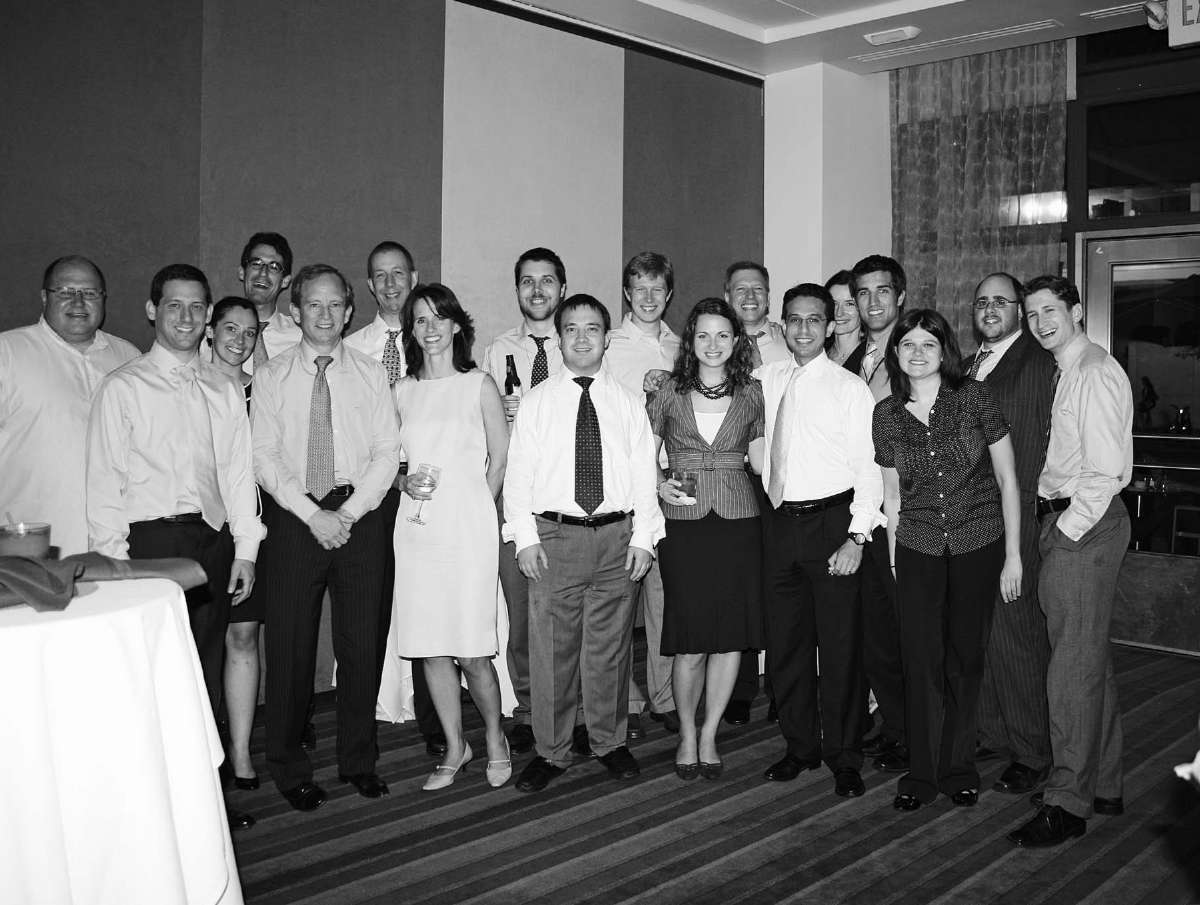
When our work was completed, I took Team Auto and friends to a Mexican restaurant for margaritas and farewells. From left: Matt Feldman, Brian Stern, Meg Reilly (Treasury spokesperson), Paul Nathanson, me, Ron Bloom, Mara McNeill (Treasury attorney), Brian Deese, Dustin Mondell (Rothschild banker), Clay Calhoon, Lindsay Simmons (Treasury attorney), Harry Wilson, Sadiq Malik, Sally Wrennall-Montes (Treasury assistant), Rob Fraser, Haley Stevens, David Markowitz, and Brian Osias. Courtesy of Paul Nathanson
W
HILE OBAMA'S SPEECH
cut off Jimmy Lee at the knees, it emboldened Sergio Marchionne. His company, after all, had just been designated by the President of the United States as Chrysler's last and only hope for survivalâwhich gave Sergio the kind of negotiating advantage that most dealmakers can only dream of. The very next afternoon, the Italian-Canadian CEO stood before the assembled leaders of Chrysler, the UAW, and Team Auto in a Treasury conference room and told us, "This is a totally new ballgame."
His investment banker, Andrew Horrocks of UBS, proceeded to read a list of demandsâ"opportunities," he called themâfor saving money, mainly from Chrysler's contract with the UAW. You could feel the tension in the room ratchet up. To comply with the
TARP
loan requirements, Chrysler and the UAW had already spent a lot of time negotiating a so-called all-in compensation rate to bring UAW-Chrysler workers in line with workers at the Asian transplants. What was more, Fiat had already agreed to many of the terms.
But now Sergio and his team, after taking a closer look at the deal, decided "there is some air in it." They thought Chrysler's and the UAW's assumptions about future sales were overoptimistic. Fiat also suspected that Chrysler's labor negotiators had grown too cozy with their UAW counterpartsâChrysler's president, Tom LaSorda, and its other chief negotiator, Al Iacobelli, both had union members in their families. Eventually, Sergio would demand that one of his Fiat executives sit in on all labor talks, "to be his eyes and ears." So now Fiat wanted more concessions, such as a variable wage rate that would tie compensation to productivity gainsâan idea that the UAW had always detested.
I watched Ron Gettelfinger's face flush and the muscles in his jaw tighten as he realized Sergio wanted to recut the entire deal. Finally he spoke up.
"You people," he said, his voice rising, "are the people with two houses. And we're common people, we're average people. We're just trying to make a living, and too much is being asked of us." He was angry at the task force, angry at Chrysler, and especially angry at Fiat. Pointing at Sergio, Gettelfinger said coldly, "We had an agreement."
The mood of the meeting lifted just once. As the group reviewed the Chrysler-Fiat alliance, we came to the provision that Chrysler would build and market Fiat's popular minicar, the 500, in America. A participant turned to General Holiefield, a massively built man who was chief of the UAW's Chrysler unit, and asked, "Can you fit inside that, General?" The room erupted in laughter.
